The Art of Medicine
Grand Rounds
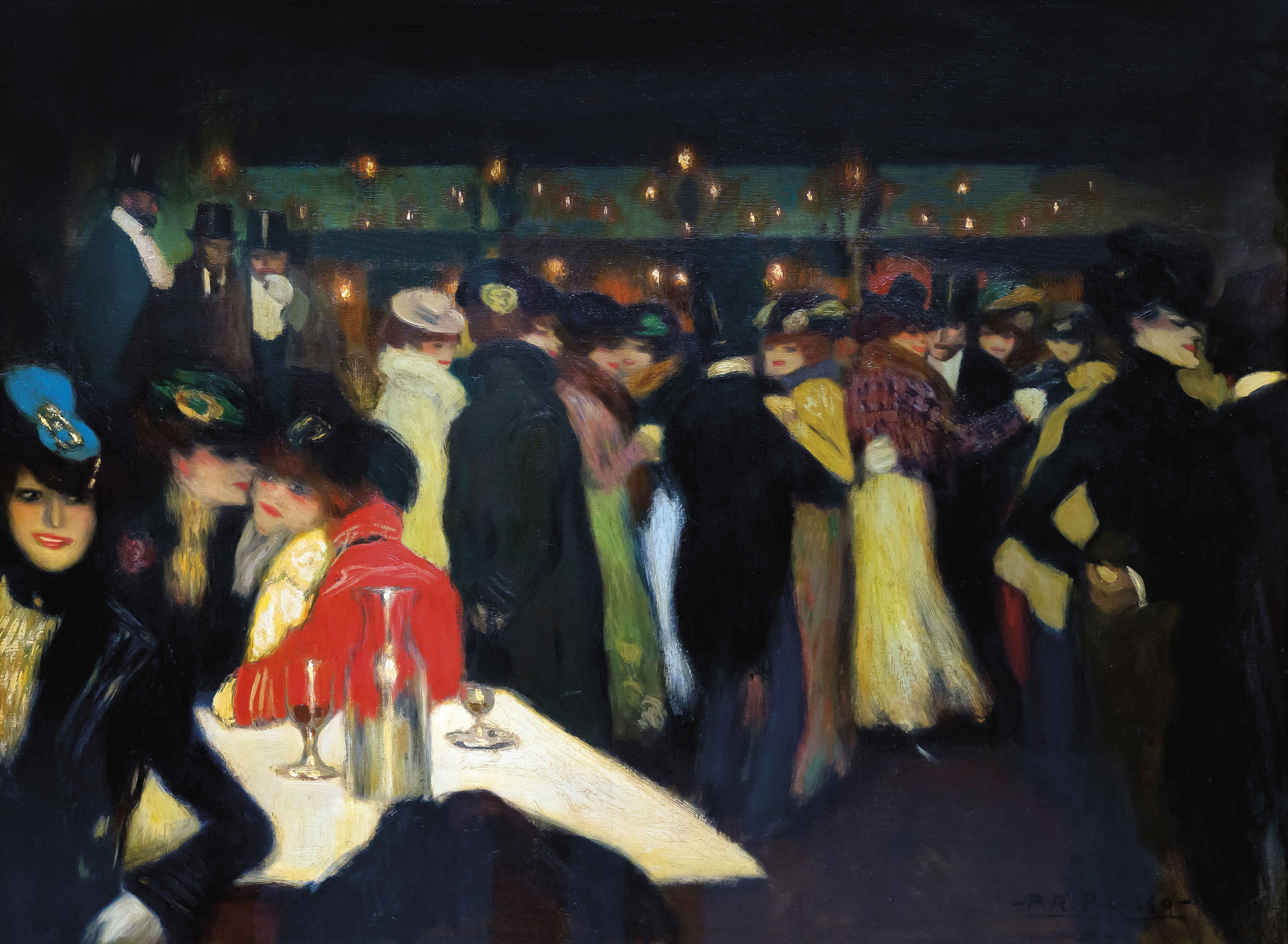
“What do you see?”
The group of 30 medical students and radiology residents gathered around Picasso’s painting Le Moulin de la Galette (above) at the Guggenheim Museum enthusiastically offer opinions about the painting’s meaning or who the figures in the scene might be. But Cyra Levenson, the museum’s deputy director for education and public engagement, gently presses the group to observe rather than analyze by answering her original question: What do you see?
The museum visit last spring, part of a pilot program at Weill Cornell Medicine, aims to help students actively recognize and address how their own preconceived notions can influence the care they provide. Based on Levenson’s previous collaboration with Yale University Art Gallery, the Yale Center for British Art (where she worked) and the Yale School of Medicine, the event supports the idea that studying visual art can create a space for critical conversations, as well as inspire collaboration and community.
“So much of our education is centered around the hospital and other medical-centric physical locations,” says Dr. Janine Katzen, associate dean of admissions, who co-organized the event with Levenson. “With patient-centered care, medicine is now being approached with a wider lens, allowing for a broader perspective of the patient.”
Arts-based programs and inquiry-based visual thinking strategies pedagogy are increasingly part of medical school curricula around the country as medical educators recognize the impact arts and humanities courses can have on training and practice. “Being aware of our biases is the most important first step in being able to move beyond them,” explains Dr. Katzen, who is also an associate professor of clinical radiology. “The humanities help us grow and evolve as physicians and as people.”
At the Guggenheim, the group separated preconceived assumptions about what the figures in the Picasso might be doing versus what was on the canvas. “I wasn’t used to breaking down the composition, the content, the colors, the people,” explains second-year medical student Téa Cohen. But by the end of the night, the importance of objectivity — at a museum and in the examining room — was apparent.
“Allowing the patient to tell their story helps get the facts straight, so [as doctors] we’re not overlooking something,” Cohen says. “Often, our first instinct is to project our own ideas onto whatever we’re looking at or whomever we’re speaking with, making possibly harmful assumptions about them and their situation.”
“Exposure to the humanities can expand our ways of thinking, encouraging us to move past biases,” Dr. Katzen adds. “As opposed to thinking in absolutes, we recognize there is an art to the practice of medicine.”
Fall 2024 Front to Back
-
From the Dean

Message from the Dean
By integrating innovations in artificial intelligence into clinical practice, the aim is to enhance, rather than replace, the personal care that patients value. -
Features
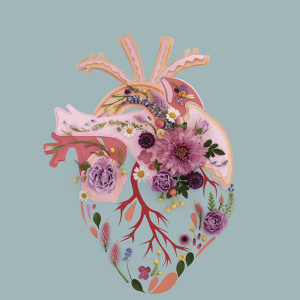
Change of Heart
To tackle long-standing sex disparities in outcomes for cardiac surgery, Weill Cornell Medicine physicians are pursuing innovative clinical trials and treatment -
Features

The Dark Side of STING
Painstaking research has yielded vital new insights on how a protein known for triggering inflammation can both hinder — and accelerate — cancer -
Features
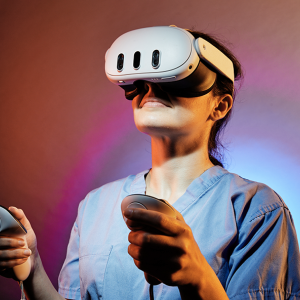
Teaching Empathy in the Digital Age
Meet C.A.R.L., a lifelike virtual “patient” who stands at the vanguard of advances in immersive learning that could improve the way doctors are trained. -
Notable

New Chair and Physician-in-Chief
Dr. Myles Wolf, who specializes in nephrology, will oversee Weill Cornell Medicine's largest clinical and academic department. -
Notable

Dateline
Dr. Sasha Fahme is leading studies to better understand the sexual health challenges refugee women face. -
Notable

Overheard
Weill Cornell Medicine faculty members are leading the conversation about important health issues across the country and around the world. -
Notable

News Briefs
Notable faculty appointments, honors, awards and more — from around campus and beyond. -
Grand Rounds

Lending an Ear
How a single-sided cochlear implant is helping a psychiatry resident achieve his dreams. -
Grand Rounds
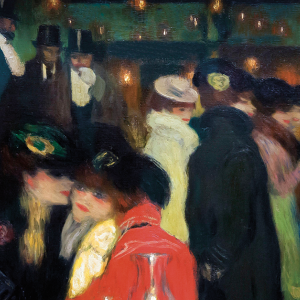
The Art of Medicine
Through visits to the Guggenheim and more, medical students are expanding their thinking to improve patient-centered care. -
Grand Rounds
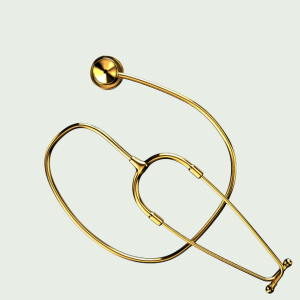
News Briefs
The latest on teaching, learning and patient-centered care. -
Discovery

Unraveling the Riddle of Suicide Risk
Researchers are identifying new preventive strategies by leveraging cutting-edge computational techniques and cross-disciplinary strategies. -
Discovery
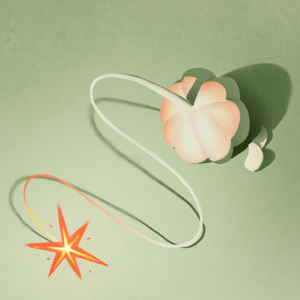
A Common Type of Fiber May Trigger Bowel Inflammation
An unexpected finding could pave the way for therapeutic diets that ease symptoms and promote gut health. -
Discovery

Findings
The latest advances in faculty research, published in the world’s leading journals. -
Alumni

Profiles
From leading the Alumni Association to improving public communication of science, our alumni are making an impact. -
Alumni

Notes
What’s new with you?
Keep your classmates up to date on all your latest achievements with an Alumni Note. -
Alumni

In Memoriam
Marking the passing of our faculty and alumni.
-
Alumni
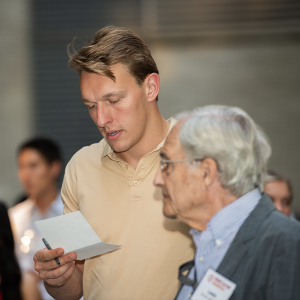
Moments
Marking celebratory events in the lives of our students and alumni, including the White Coat Ceremony and Reunion. -
Second Opinion

Taming Weed
How can medicine and public health address largely unregulated, readily available and potentially harmful marijuana products? -
Exchange
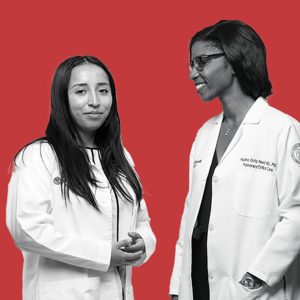
Roles in Research
A physician-scientist and a college student discuss how undergraduate research opportunities can boost the STEM pipeline of those from historically underrepresented communities. -
Muse
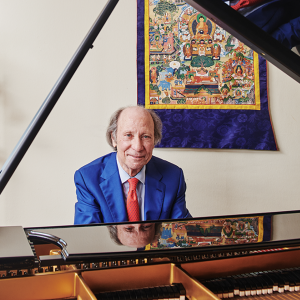
Making the Music
Clinical psychologist Dr. Robert Allan finds inspiration from composing and playing the piano. -
Spotlight
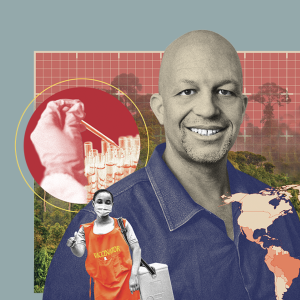
Therapeutic Advocate
In his quest to help more patients, Dr. Joseph Amprey (M.D. ‘04, Ph.D. ‘02) shifted from clinical practice to drug development.